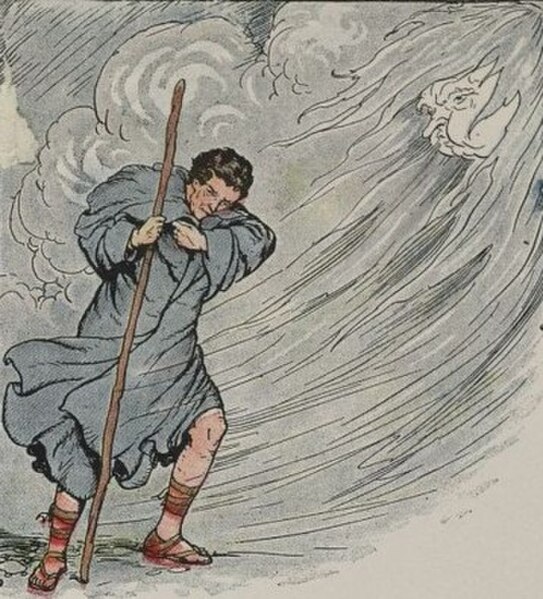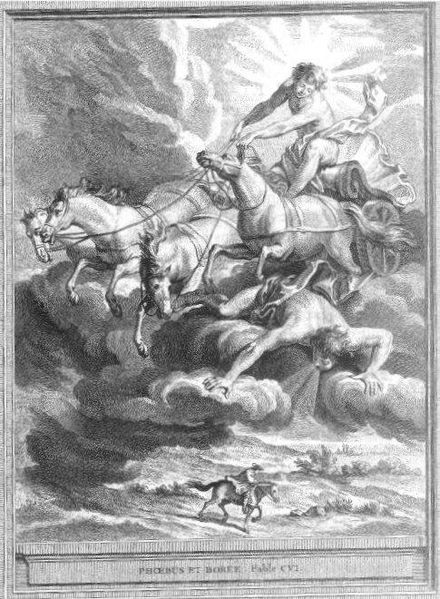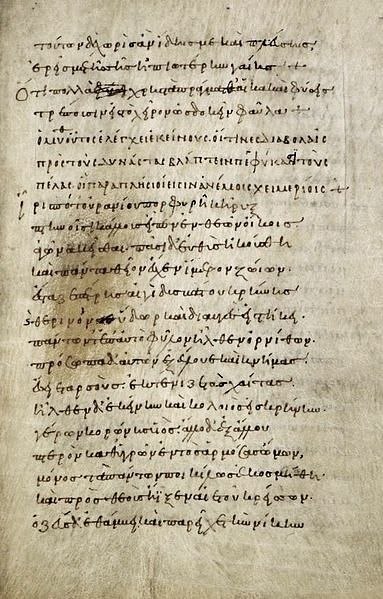The North Wind and the Sun
The North Wind and the Sun is one of Aesop's Fables. It is type 298 in the Aarne–Thompson folktale classification. The moral it teaches about the superiority of persuasion over force has made the story widely known. It has also become a chosen text for phonetic transcriptions.
The wind attempts to strip the traveler of his cloak, illustrated by Milo Winter in a 1919 Aesop anthology.
The Sun persuades the traveler to take off his cloak
Jean-Baptiste Oudry's cosmic interpretation of La Fontaine's fable, 1729/34
Aesop's Fables, or the Aesopica, is a collection of fables credited to Aesop, a slave and storyteller who lived in ancient Greece between 620 and 564 BCE. Of varied and unclear origins, the stories associated with his name have descended to modern times through a number of sources and continue to be reinterpreted in different verbal registers and in popular as well as artistic media.
A detail of the 13th-century Fontana Maggiore in Perugia, Italy, with the fables of The Wolf and the Crane and The Wolf and the Lamb
A Greek manuscript of the fables of Babrius
12th-century pillar, cloister of the Collegiate church of Saint Ursus, Aosta: the Fox and the Stork
The Nepalese Iisapan Daekaatagu Bakhan







